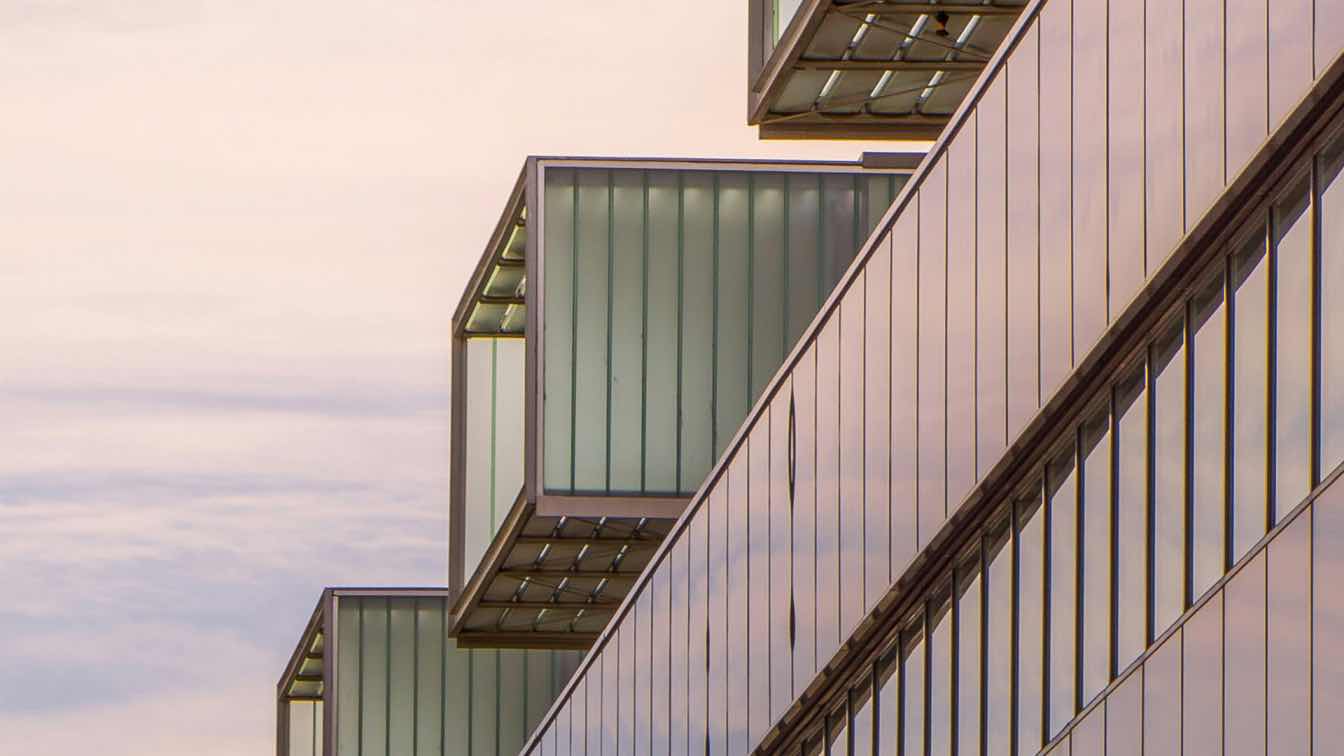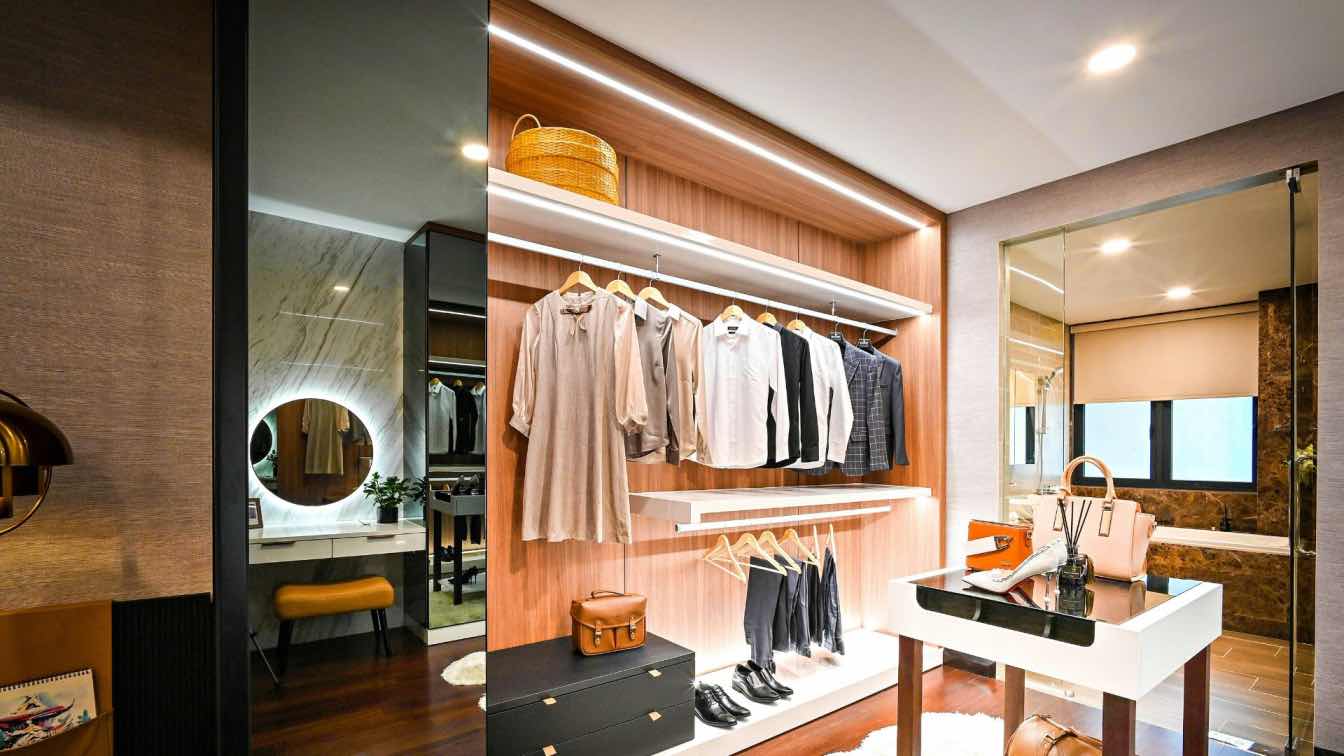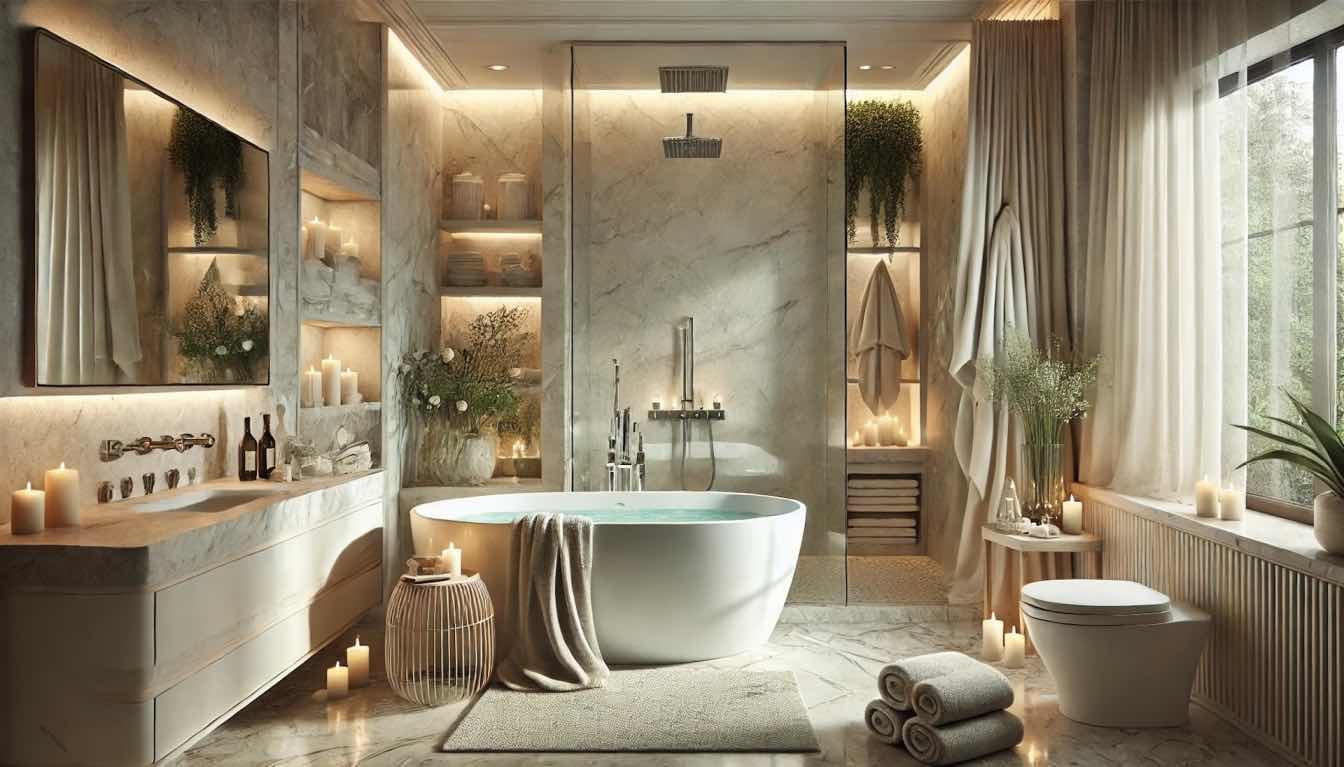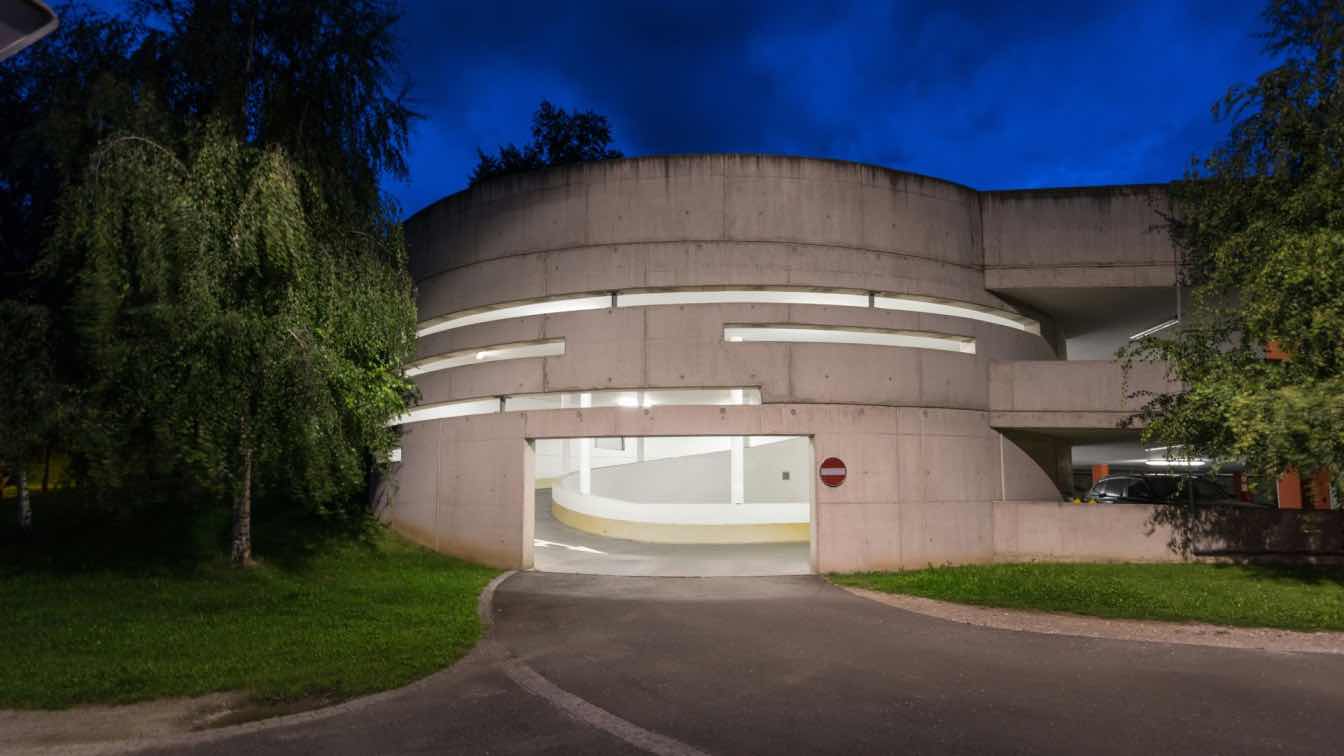Buildings are more than the sum of their parts. They’re places we live and work, as well as being part of how we define our culture and values, and how we respond to the changing world around us.
With this in mind it should be no surprise to find that advanced materials are pushing modern architecture in bold new directions. Here’s a look at a few examples, and why integrating them is worthwhile.
Exploring Epoxy Resin's Role in Modern Design
Epoxy resin is one material worth shouting about from an architectural design perspective. There are several reasons for its rise to prominence. For instance:
1. Flexibility in design means you can create bold structures without compromising integrity
2. High resistance to wear adds longevity to buildings, even in harsh climates
3. Transparency allows natural light to flow freely while maintaining insulation
One other exciting aspect is the precision epoxy offers. Architects rely on accurate measurements, and using an epoxy calculator helps avoid waste during the construction phase.
Epoxy is effectively equivalent to a superglue for big projects, and it also enhances aesthetics. It bonds materials seamlessly and stands up against weathering better than many traditional options.
In an era where both functionality and beauty matter more than ever, epoxy resin delivers on all fronts while paving the way for groundbreaking designs.
Sustainable Materials Shaping Tomorrow's Skylines
In modern architecture, sustainable materials are the building blocks of future-friendly design. Here’s how they make a difference:
1. Reduced carbon footprint benefits both builders and the environment
2. Recycled resources lower material costs without sacrificing quality
3. Improved energy efficiency leads to long-term savings for occupants
Take bamboo as a prime example. It’s fast-growing and incredibly strong, as well as capturing more carbon per hectare than an equivalent fir plantation. As a result it’s taking center stage in green building projects worldwide, from schools in Bali to housing in California.
There’s also the much-vaunted availability of cross-laminated timber, which boasts superior structural strength with less environmental impact than concrete.
Materials like these are necessary for meeting today's ecological demands while planning tomorrow's urban landscapes. Incorporating them reflects not only an environmental consciousness but also innovation in addressing climate challenges head-on.
The Impact of 3D Printing on Architectural Form
3D printing is yet another tech development which is sending architectural trends in interesting directions.
Here’s what it brings to the table:
1. Customization offers designers unprecedented creative freedom
2. Rapid prototyping accelerates the design-to-construction timeline
3. Waste reduction makes projects more sustainable and cost-effective
Crafting a complex facade or intricate interior details with ease is what 3D printing offers, and it can turn these ideas into a reality without costing too much time or money. This technology streamlines production processes, allowing architects to experiment freely while maintaining precise control over designs.
For example, using biodegradable materials in 3D printers further boosts sustainability efforts within architecture.
Additionally, prefabricated components minimize on-site disruptions by reducing assembly time.
As this technology evolves, its role in architecture expands beyond novelty into necessity. Architects are seizing this opportunity to revolutionize form and function simultaneously, creating structures that embody both efficiency and creativity at their core.
Smart Glass and Dynamic Facades
In terms of altering how buildings interact with their environments, smart glass deserves your full attention. Its innovative features include:
1. Light control capabilities to optimize energy usage
2. Privacy options to eliminate the need for additional coverings
3. Adaptability to environmental changes to enhances comfort
This tech-savvy material helps reduce heating and cooling demands by adjusting transparency in response to sunlight levels, promoting energy efficiency naturally. Plus, you can say goodbye to traditional blinds or curtains.
Dynamic facades take it a step further by incorporating kinetic elements that adjust throughout the day. This not only boosts aesthetics but also serves functional purposes like temperature regulation.
Integrating these technologies lets architects craft intelligent structures capable of adapting in real-time for optimal living conditions inside while maintaining appealing exteriors outside. It's an ingenious balance between practicality and visual appeal.
The Last Word
From the ins and outs of epoxy resin to the adaptability of smart glass, modern architecture is blessed with a bevy of different materials that deliver the best in terms of flexibility, adaptability and sustainability. All that’s left is for designers to tap into their potential and integrate them proactively.





